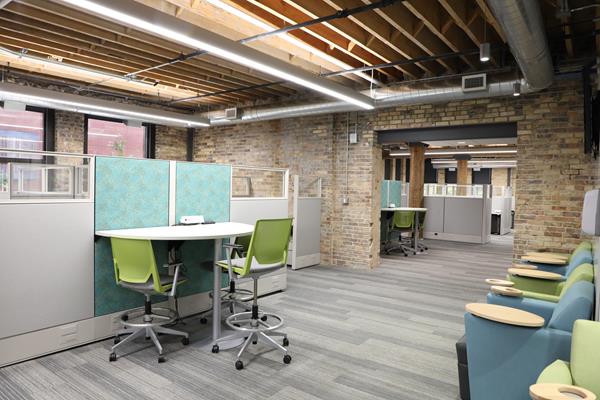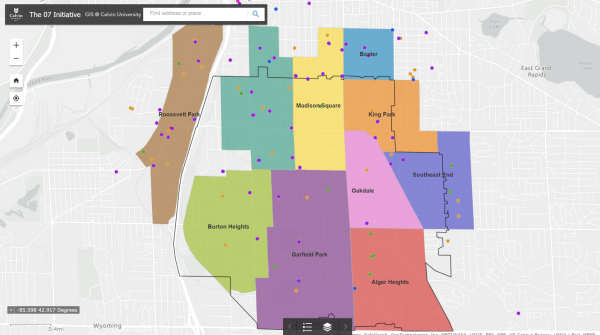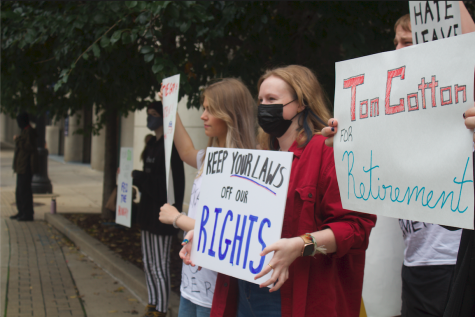Community programming at Grandville Avenue Arts and Humanities provides access to arts
When we think about economic and racial inequality, access to arts and literature may not be at the forefront of the conversation, yet it is the primary concern of Grandville Avenue Arts and Humanities.
There are two subsects of Grandville Avenue Arts and Humanities: Cook Library and Cook Arts Center. Cook Library focuses on the intellectual development of those in the neighborhood. They are locale-centered, designed to directly serve the needs of the Roosevelt Park neighborhood, which is largely a Latino community.
For children, the library offers homework help, computer use, storytelling events and even field trips to cultural institutions. Adults are provided with ESL classes, job search resources, resume help and one-on-one computer classes.
The Cook Arts Center’s mission is to provide access for members of the neighborhood to arts and creative expression. Steffanie Rosalez, the program director of the Cook Arts Center, described the flexibility of the programing and the different experiences available to fit every student’s interests.
The programming takes place during after-school hours but there is also an extensive programming over the summer, resembling a day camp to give kids somewhere to go.
An example of a summer camp program that rose directly from a need is GirlsRock!, a weeklong camp formed to address the need of a girls’ program. The week is designed to empower girls through music, including instrument lessons, workshops, band forming, songwriting and logo and album art creation.
Rosalez thinks it is important for each student to recognize their unique expression, whatever that may be. She works to counteract the idea that to be part of a culture means you need to conform, because that is not necessarily true. For example, Cook Arts Center offers breakdance classes, which embody street culture and expressing yourself through your moves. It also offers folk dance classes, which are rooted in Hispanic tradition and follow steps that have been carried out through the years.
“Allowing kids to make their own choices about identity is really important,” Rosalez said. “The youth find a way to express themselves and find a way make it their own. I truly see that every day.”
When a kid wants to do something, “we make it happen,” Rosalez said. She cited examples of kids struggling in school, and the staff at the center sat down with them and asked, “What do you really want to do?”
The Cook Arts Center tries to provide “access to opportunity.” Many of the kids in the neighborhood are low income and do not have the ability to try out different artistic expressions.
“We provide the chance to try something, whether you like it or not, and if you like it, you have the chance to pursue it,” Rosalez said. “You have the chance to imagine something different for yourself.”
The center provides opportunity, but they also connect students to existing opportunities. For example, they aided students in presenting at the annual Latino Youth Leadership Conference in Grand Rapids. They let students know about the opportunity so they could apply.
The Grandville Ave Library was formed by a group of Dominican Sisters in the neighborhood. Kids would come to them after school. The sisters began collecting books and forming a small library in one of their houses, but the library continued to grow. In 1996, the Grandville Avenue neighborhood library opened its doors, with the first arts center opening in 2001 due to a need for creative outlet in the kids coming to the library.
Ultimately, while the neighborhood encompasses many different culture and students are urged to pursue their own expression, a community mural being designed hopes to also celebrate the unity within the neighborhood and common struggles faced by all residents. Values such as family and food are common ground to draw people together.







